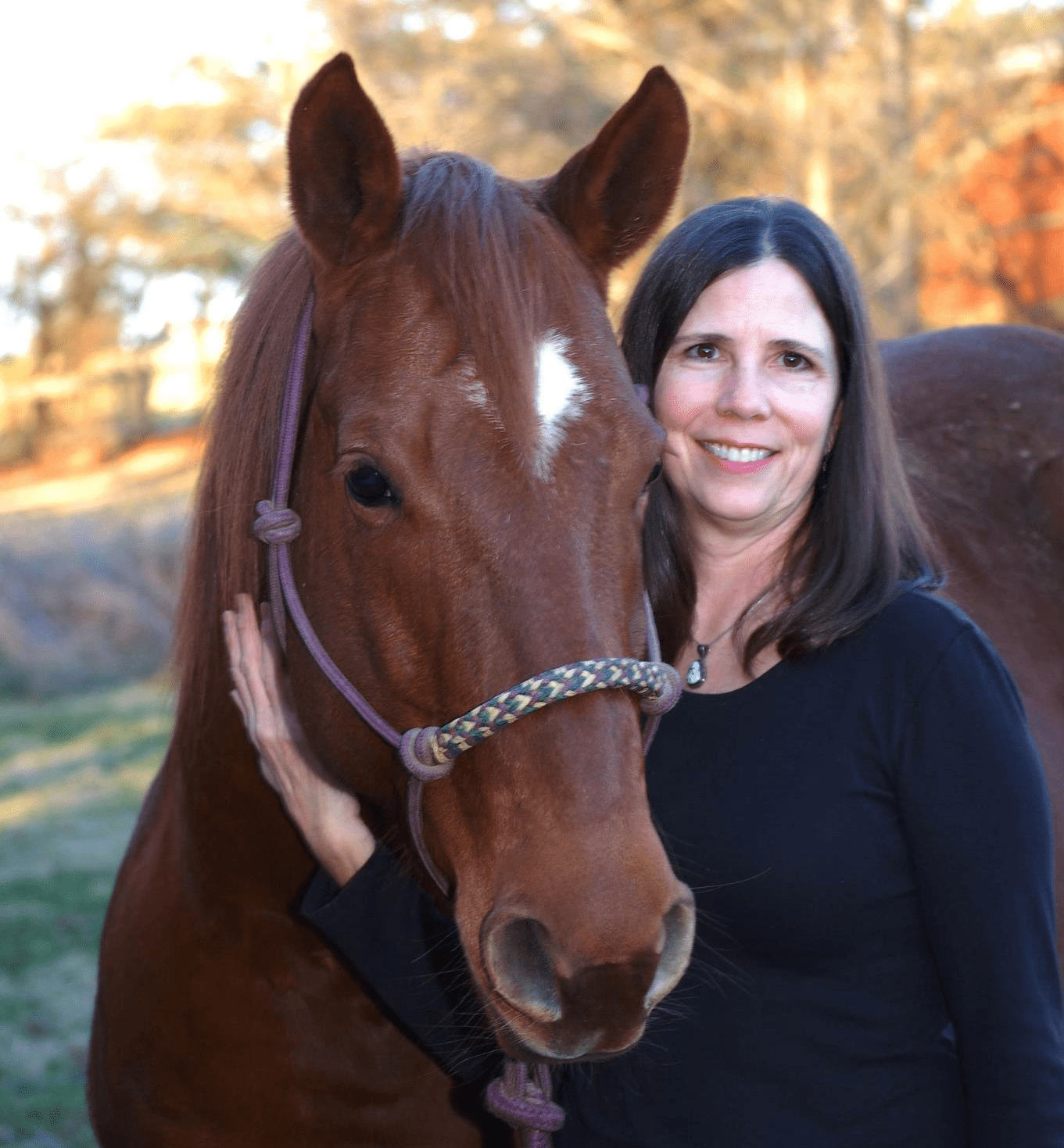New Flu/Herpes Vaccine
On April 5, the USDA granted a license to Calvenza, a combination influenza/rhinopneumonitis vaccine produced by Boehringer Ingelheim Vetmedica. The company says there are several unique facets to this vaccine. First, the initial two doses are
- Topics: Article, Vaccinations
On April 5, the USDA granted a license to Calvenza, a combination influenza/rhinopneumonitis vaccine produced by Boehringer Ingelheim Vetmedica. The company says there are several unique facets to this vaccine. First, the initial two doses are given intramuscularly (IM), and the third dose can be given IM or intranasally (IN). That allows practitioners to avoid any possible injection site reaction during competition on the third dose. (The vaccination protocol requires an initial series of three doses, three to four weeks apart.) Studies showed that there was little difference in protection when comparing the third dose given IN or IM. Subsequent yearly boosters can be given either IM or IN.
Second, an extensive field trial was undertaken that included 1,629 administrations on 543 horses in three independent studies. The test horses included 99 foals from three to five months of age, 345 horses six months of age or older, and 99 pregnant mares. In the studies, 1,359 IM injections were given, and 270 IN doses were administered. Horses were observed one, three, seven, and 14 days post-vaccination. There were no nasal reactions following any of the 270 IN doses given. For the IM injections in the neck, 91.32% (1,241 of 1,359) had no site reaction; 6.92% (94) had a mild site reaction (something the owner usually wouldn’t notice); 1.62% (22) had a moderate site reaction (swelling at the injection site palpable, but locomotion not affected); and 0.14% had a severe reaction that would be noticed by owners and affected locomotion (two of the 1,359 horses, one of which was an abscess caused by skin surface contaminant).
Third, the killed virus vaccine contains a North American subtype A2 (Kentucky 95) and Eurasian subtype A2 (Newmarket 2/93) strain of influenza, plus an A1 subtype (Newmarket 77), plus protection against equine herpesvirus subtypes 1 and 4 (EHV-1 and EHV-4). The unique EHV-1 isolate used in the vaccine is of respiratory origin, and it stimulates antibody production that protects against EHV-1 and EHV-4. Calvenza is undergoing licensing in the United States and Europe at the same time. Most of the flu research was conducted at the Animal Health Trust in Newmarket, England.
Efficacy of the product was demonstrated by challenge with virulent virus
Create a free account with TheHorse.com to view this content.
TheHorse.com is home to thousands of free articles about horse health care. In order to access some of our exclusive free content, you must be signed into TheHorse.com.
Start your free account today!
Already have an account?
and continue reading.

Related Articles
Stay on top of the most recent Horse Health news with

















